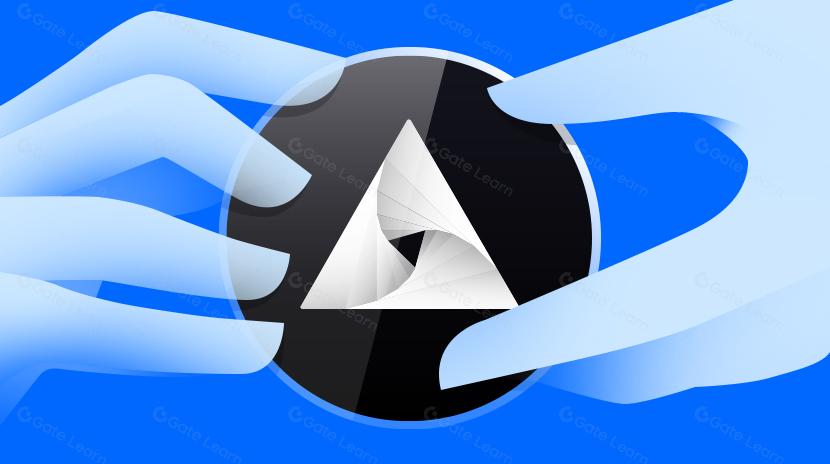什麼是 MCP?
MCP(模型上下文協定)是一個近期受到 Google 等 Web2 科技公司關注的新興領域,文中深入解析 MCP 協定的原理和定位,以及它如何透過標準化的應用程式與大型語言模型(LLM)的通訊來提供上下文,並且探討 DARK 背後的團隊 MtnDAO,以及其創始人 Edgar Pavlovsky 的高效執行力和團隊的未來預期如何推動代幣價格的漲。轉發原文標題《AI 的 USB-C 標準:了解 MCP》
在 Alliance 工作的這些年裏,我看到無數創始人構建了自己的專用工具,並將數據集成內置到他們的人工智能代理和工作流程中。然而,這些算法、形式化和獨特的數據集被鎖定在很少有人會使用的自定義集成後面。
隨着模型上下文協議的出現,這種情況正在迅速改變。 MCP 被定義爲一種開放協議,可標準化應用程序的通信方式並爲法學碩士提供上下文。我非常喜歡的一個比喻是“用於 AI 應用的 MCP 就像用於硬件的 USB-C”;即標準化、即插即用、多功能且具有變革性。
爲什麼選擇MCP?
Claude、OpenAI、LLAMA 等大型語言模型(LLMs)非常強大,但它們在當前階段受限於可訪問的信息。這意味着它們通常存在知識截止時間,無法自主瀏覽網頁,也無法直接訪問你的個人文件或專業工具,除非通過某種集成方式。
過去,開發者在將 LLM 連接到外部數據和工具時面臨三大挑戰:
- 集成復雜性:爲每個 AI 平台(Claude、ChatGPT 等)構建單獨的集成需要重復工作並維護多個代碼庫
- 工具碎片化:每個工具功能(例如文件訪問、API 連接等)都需要自己專門的集成代碼和權限模型
- 分發受限:專業工具通常局限於特定平台,限制了其覆蓋範圍和影響力。
MCP 通過提供一種標準化協議,使任何 LLM 都可以安全訪問外部工具和數據源,從而解決了上述問題。現在我們了解了 MCP 的作用,接下來看看人們正在用它構建什麼樣的應用。
人們正在使用 MCP 構建什麼?
MCP 生態系統目前正在創新爆炸式增長。以下是我在 Twitter 上發現的一些開發人員展示其作品的最新示例。
- 人工智能驅動的故事板:一個 MCP 集成方案讓 Claude 控制 ChatGPT-4o,能夠在沒有人工幹預的情況下自動生成吉卜力風格的完整分鏡腳本。
- ElevenLabs 語音集成:一個 MCP 服務器允許 Claude 和 Cursor 通過簡單的文本提示訪問完整的 AI 音頻平台。該集成強大到可以創建能夠打出電話的語音代理,展示了 MCP 將現有 AI 工具擴展至音頻領域的能力。
- Playwright 的瀏覽器自動化:一個 MCP 服務器讓 AI 代理無需截圖或視覺模型即可控制網頁瀏覽器。這爲網頁自動化開闢了新可能,使 LLM 能夠以標準化方式直接操控瀏覽器交互。
- 個人 WhatsApp 集成:一個連接到個人 WhatsApp 帳戶的服務器,使 Claude 能搜索消息和聯系人,並發送新消息。
- Airbnb 搜索工具:一個用於搜索 Airbnb 公寓的工具,展示了 MCP 在構建與網頁服務交互的實用應用方面的簡潔與強大。
- 機器人控制系統:機器人的 MCP 控制器。該示例彌合了法學碩士和物理硬件之間的差距,展示了 MCP 在物聯網應用和機器人技術方面的潛力。
- Google 地圖和本地搜索:將 Claude 連接至 Google Maps 數據,創建一個可以查找和推薦本地商家的系統(例如咖啡店)。這個擴展讓 AI 助手具備基於位置的服務能力。
- 區塊鏈集成:Lyra MCP 項目將 MCP 能力引入 StoryProtocol 及其他 Web3 平台。這使得與區塊鏈數據和智能合約的交互成爲可能,爲由 AI 強化的去中心化應用開闢了新前景。
這些示例的吸引力在於它們的多樣性。自 MCP 推出以來短短時間內,開發者已構建出涵蓋創意媒體制作、通訊平台、硬件控制、位置服務及區塊鏈技術的各種集成應用。而這一切都遵循統一的標準協議,充分展示了 MCP 的多功能性與成爲 AI 工具集成通用標準的潛力。
要查看全面的 MCP 服務器集合,請查看 GitHub 上的官方 MCP 服務器存儲庫。在使用任何 MCP 服務器之前,請務必注意以下免責聲明:請謹慎操作,了解你正在運行的內容以及所授予的權限,確保數據和系統的安全性。
承諾 vs 炒作
對於任何新技術,都值得一問:MCP 是否真正具有變革性,或者只是另一種過度炒作的工具,將會逐漸消失?
在觀察了這個領域的衆多初創公司後,我相信 MCP 代表了人工智能發展的真正拐點。與許多承諾革命但帶來增量變革的趨勢不同,MCP 是一種生產力提升,可以解決一直阻礙整個生態系統的基本基礎設施問題。
它特別有價值的是,它並不是試圖取代現有的人工智能模型或與它們競爭,而是通過將它們連接到外部工具和所需的數據來使它們變得更加有用。
當然,也存在一些合理的擔憂,比如安全性和標準化問題。正如所有新協議在初期階段一樣,我們很可能會經歷一段成長的陣痛期,社區需要逐步探索最佳實踐,包括審計機制、權限管理、身分驗證以及服務器的可信驗證等方面。開發者必須對這些 MCP 服務器的功能保持信任的同時,也不能盲目信任,尤其是在 MCP 服務器變得越來越普遍的今天。這篇文章還討論了一些近期暴露出的安全漏洞,這些漏洞源於未經嚴格審查的 MCP 服務器,即使是在本地運行時也存在風險。
人工智能的未來是情境化的
最強大的人工智能應用程序不會是獨立的模型,而是通過 MCP 等標準化協議連接的專業功能生態系統。對於初創公司來說,MCP 提供了構建適合這些不斷發展的生態系統的專用組件的機會。這是一個利用你獨特知識和能力的契機,同時還能從基礎模型的大規模投資中受益。
展望未來,我們可以預期 MCP 將成爲人工智能基礎設施的基本組成部分,就像 HTTP 之於網路一樣。隨着協議的成熟和採用的增長,我們可能會看到專用 MCP 服務器的整個市場出現,從而使人工智能系統能夠利用幾乎任何可以想象的功能或數據源。
附錄
對於那些有興趣了解 MCP 在底層如何實際工作的人,以下附錄提供了其架構、工作流程和實現的技術細分。
深入了解 MCP 的工作機制
就像 HTTP 標準化了網頁訪問外部數據源和信息的方式一樣,MCP 正在爲 AI 框架打造一套統一語言,使不同的 AI 系統能夠無縫協作。那它是如何做到這一點的呢?讓我們一探究竟。
MCP 架構和流程

主要架構遵循客戶端-服務器模型,由四個關鍵組件協同工作:
- MCP 主機:Claude 或 ChatGPT 等桌面 AI 應用程序、cursorAI 或 VSCode 等 IDE,或需要訪問外部數據和功能的其他 AI 工具
- MCP 客戶:嵌入主機內的協議處理程序,與 MCP 服務器保持一對一連接
- MCP服務器:通過標準化協議公開特定功能的輕量級程序
- 數據來源:MCP 服務器可以安全訪問的文件、數據庫、API 和服務
現在我們已經討論了這些組件,讓我們看看它們在典型工作流程中如何交互:
- 用戶發起請求:例如在 Claude 桌面版中,用戶提出一個問題或操作需求。
- LLM 分析請求:大語言模型分析請求後判斷:需要外部工具或數據來生成完整回答。
- 工具發現:MCP 客戶端查詢所連接的 MCP 服務器,查找有哪些可用工具(功能模塊)。
- 工具選擇:LLM 根據需求和工具能力,選擇最適合的 MCP Server 來處理該請求
- 權限請求:MCP Host 向用戶請求授權,以執行選定工具。這個步驟對於安全與透明性至關重要。
- 工具執行:一旦用戶授權,MCP Client 向相應 MCP Server 發送請求,由服務器執行相關操作,並訪問對應數據源。
- 結果處理:MCP Server 返回結果,Client 對結果進行格式化處理,供 LLM 使用。
- 響應生成:LLM 將外部信息整合進最終回答中。
- 用戶演示:最後將響應顯示給最終用戶
該架構最強大的地方在於:每個 MCP Server 只需專注於某一領域功能,但它們都使用統一協議進行通信。因此,開發者不必爲每個平台重復開發集成,只需一次開發,即可服務整個 AI 生態。
如何構建您的第一個 MCP 服務器
現在讓我們看看如何使用 MCP SDK 用幾行代碼實現一個簡單的 MCP 服務器。
在這個簡單的示例中,我們希望擴展 Claude Desktop 的能力,使其能夠回答類似於 “中央公園附近有哪些咖啡店?” 這樣的問題,並通過 Google Maps 獲取信息。你可以輕鬆擴展這個功能,比如獲取店鋪的評論或評分,但現在我們專注於實現一個基本的 MCP 工具 —— find_nearby_places。這個工具將允許 Claude 直接從 Google Maps 獲取地點數據,並以對話形式將結果呈現給用戶。

正如您所看到的,代碼非常簡單。 1) 它將查詢轉換爲 Google 地圖 API 搜索,2) 以結構化格式返回排名靠前的結果。因此,信息將被傳遞回 LLM 以供進一步決策。
現在我們需要讓 Claude Desktop 知道這個工具,所以我們將它註冊到它的配置文件中,如下所示。
- 蘋果系統: ~/Library/Application Support/Claude/claude_desktop_config.json
- 微軟視窗系統: %APPDATA%\Claude\claude_desktop_config.json

瞧,你完成了。你已經成功地將 Claude 擴展成一個能夠實時從 Google Maps 獲取位置數據的智能助手。
聲明:
- 本文轉載自 [X],原文標題《AI 的 USB-C 標準:了解 MCP》,所有版權歸原作者 [@Drmelseidy] 所有。若對本次轉載有異議,請聯系 Gate Learn 團隊,他們將及時處理。
- 免責聲明:本文所表達的觀點和意見僅代表作者個人觀點,不構成任何投資建議。
- 本文的其他語言翻譯由 Gate Learn 團隊完成。除非另有說明,否則禁止復制、分發或抄襲翻譯文章。
相關文章
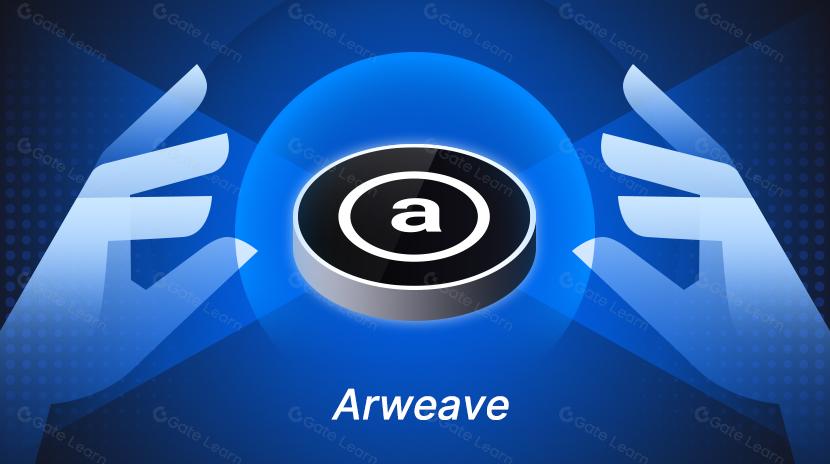
Arweave:用AO電腦捕捉市場機會

區塊鏈盈利能力和發行 - 重要嗎?
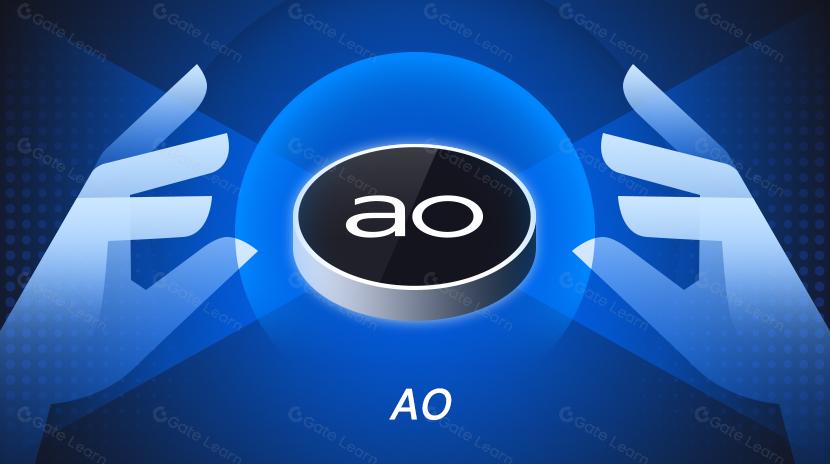
即將到來的AO代幣:可能是鏈上AI代理的終極解決方案
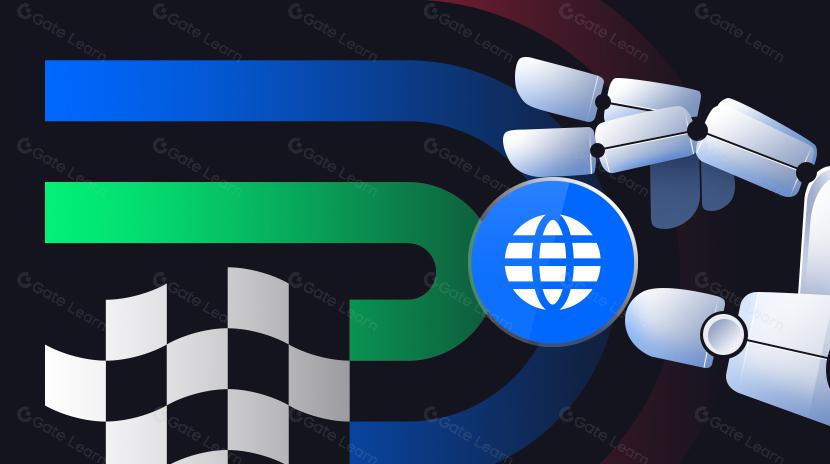
深度分析:AI和Web3能創造什麼樣的火花?
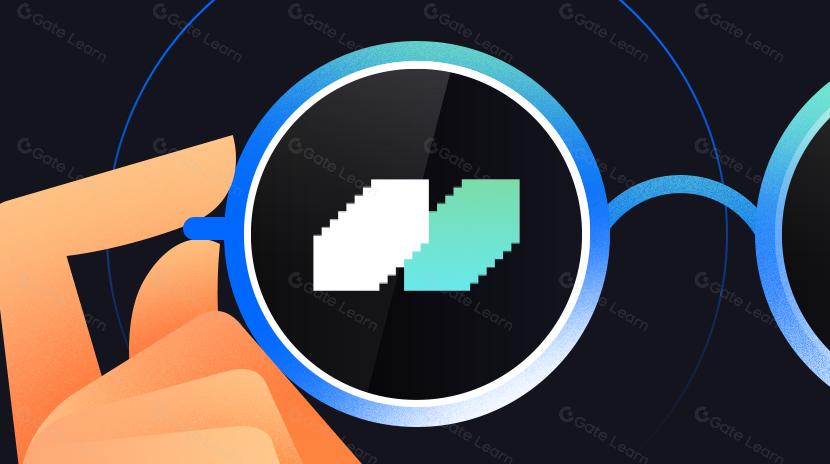
思維網路:全面同態加密和重質押,讓AI專案安全觸手可及
